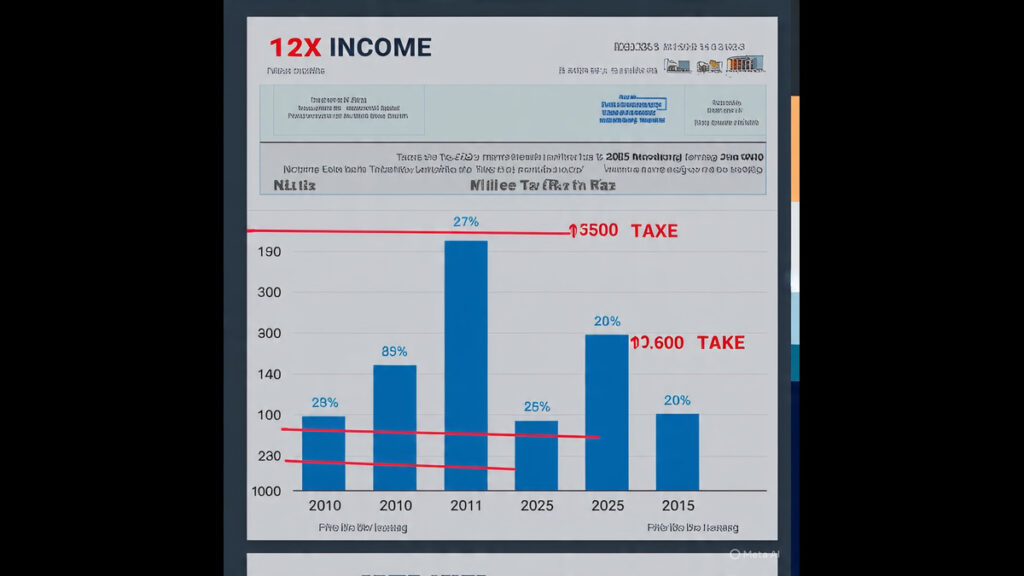Keywords: international taxation explained, tax residency rules, double taxation relief, source principle tax, student guide to international tax, tax neutrality, global tax principles
In today’s interconnected world, people and businesses often earn income across different countries. But when it’s time to pay taxes, the big question is—which country gets to collect tax on that income?
That’s where the concept of international taxation comes in. Let’s break it down in a simple and relatable way, especially for commerce and management students trying to understand the basics.
🌍 1. Residence Principle
What it means:
If you live in Country A, your government can tax all of your income—even if you earned some of it in other countries. Why? Because you’re considered a resident taxpayer in Country A.

📍 2. Source Principle
What it means:
Let’s say you earn money in Country B while living in Country A. Country B may tax that income because it was generated there. This is all about taxing income at the source.

⚖️ 3. Non-Discrimination Principle
What it means:
Countries should treat all taxpayers equally, no matter their nationality. If you’re working in another country, you should be taxed just like the locals—no extra charges just because you’re a foreigner.

⚖️ 4. Tax Neutrality
What it means:
Taxes shouldn’t influence your decision on where to invest or work. This ensures fairness in global business decisions. There are two subtypes ,Capital Export Neutrality (CEN) – You pay the same tax overall, even if you invest abroad.

🔁 5. Double Taxation Relief
What it means:
Sometimes, both countries want to tax your income. This is called double taxation, and here’s how it’s prevented:
- Tax Treaties – Agreements between countries.
- Tax Credits – Get credit for tax paid in another country.
- Exemptions – Your home country might skip taxing that foreign income.

📊 6. Tax Equity
What it means:
Tax systems should be fair and just, especially for people in different income brackets.
- Horizontal Equity: Same income = same tax.
- Vertical Equity: Higher income = higher tax.

🌐 7. Fighting Tax Evasion
What it means:
Some individuals and businesses try to hide income to avoid taxes. That’s illegal. Countries now share information using global systems like the Common Reporting Standard (CRS).

🤝 Conclusion
International taxation is about who should pay taxes, on what income, and where. As the world becomes more globally connected, these rules help ensure fairness, avoid confusion, and prevent double taxation.

📌 Quick Recap for Students
✅ Where you live (residency) and where you earn money (source) both matter
✅ Double taxation is common but avoidable
✅ Countries aim for fair, equal, and coordinated tax systems
✅ Know key terms: Tax Treaties, CRS, Neutrality, Equity
📚 Final Tips for Students:
- Use real-world examples when studying these concepts.
- Focus on “why” the rules exist, not just definitions.
